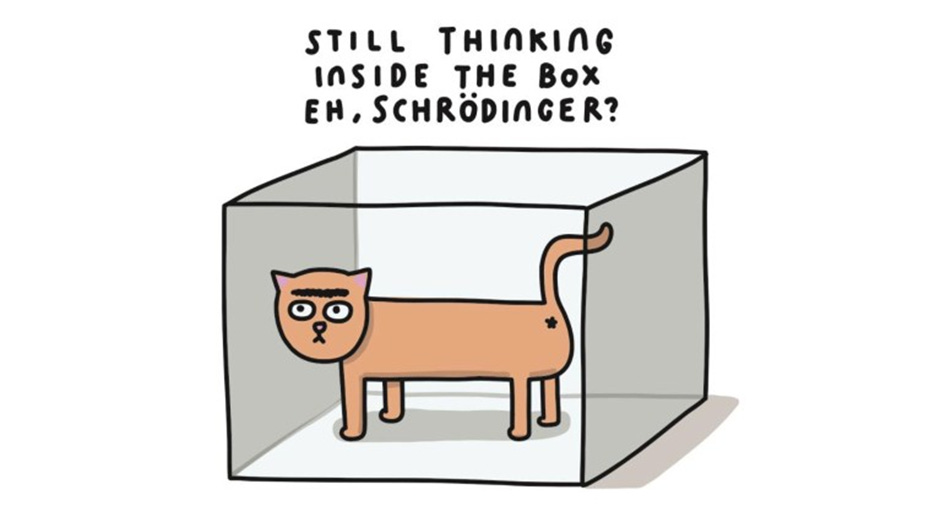On the 23rd of June, I will take the stage (with my fellow OneWorld author, Dr Alanna Skuse) at the Chalke Valley History Festival. We are talking about ageing (the history and the biology of it).
I’ll be honest with you, this is all quite a surprise (to me at least – Alanna is a proper historian, with letters after her name to prove it). I am an academic scientist, my lab works on viral infections and vaccines – it is all on paper a long way from history.
But I have been incredibly fortunate over the last 5 years
to properly rekindle a love of history. In amongst the chaos of the lockdowns,
one thing that the temporary closure of my lab allowed me to do was to step
back and write about the history of the prevention of infectious disease. This
was a joy – I got to supplement my understanding of the immunological mechanisms
of vaccines with the stories of the people who discovered and developed them.
There were some extraordinary characters including Felix d’Hérelle who discovered
a family of viruses that can infect bacteria, called bacteriophage. When he
wasn’t doing science, he was busy living close to the pivotal moments of the 20th
century. Amongst other things, he lost all his money in a failed chocolate
factory, worked in Guatemala, Mexico, France, India, the USA and Egypt (not
trivial before international flight), had a brief run in with the secret police
in Soviet Russia when his mentor fell in love with the same woman as Beria (the
notorious head of the NKVD) and was put under house arrest by the Wehrmacht in
the Second World War.
One thing I became really grateful for were the academics who
had painstakingly put together the histories of medicine. For example, Louis
Miller and Xinzhuan Su who pieced together the story of the discovery of the
anti-malarial drug artemisinin and the role of Youyou Tu from the fragmented
records of the cultural revolution. When I was a young scientific trainee, I was
much too focussed on where the science was going to care about where it came
from.
But writing Infectious
and my new book Live
Forever has given me a chance to reflect on the similarities between science
and history. Both of them are trying to piece together a narrative with incomplete
pieces, just in different directions – science faces forwards, history
backwards. And new discoveries can change the narrative. I was discussing this
with a contemporary from university who went on to become a history academic. And
we turned to the role of the narrator in history and how current academic
thinking has built in the narrator’s bias into the process; in science we have
systems where we aim for objectivity, but there is still a role for narration and
therefore bias. One of the problems of the education system in the UK is that
it funnels children into silos – arts or sciences; and you lose some of the interplay
between the two. And whilst I was lucky enough to be able to take A level
history alongside my science subjects, there was a long fallow period before I returned
to it (though my interest never faded – as can be attested by my towering to be
read pile). One of my proudest parenting moments was when my son, who also splits
STEM/ history told me that whilst he wanted to do a science job, he was
inspired by me to carry on history on the side (you can actually have your periodic
table and re-enact battles on it too).
Over the past 5 years, I have very much rekindled my flame
of interest for history – particularly for WW2, and it has enriched my life by
meeting others with similar passions (some might even say afflictions). I look
forward to meeting you there!








